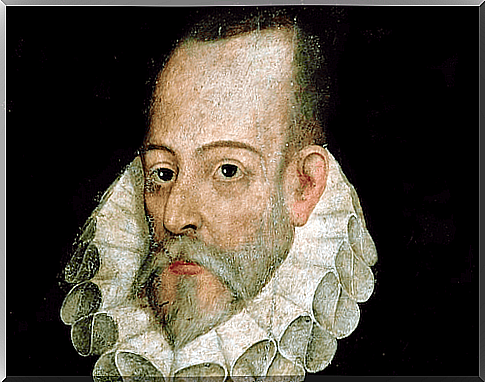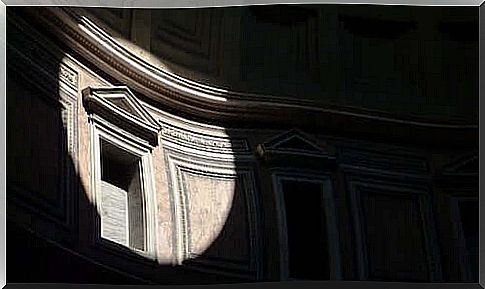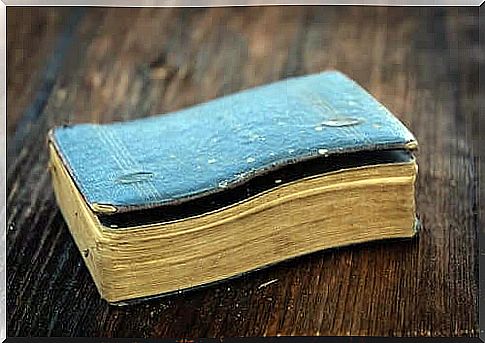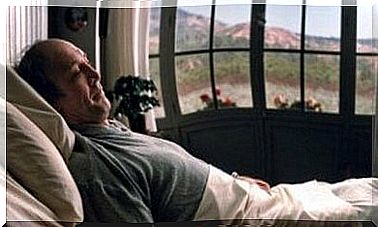Miguel De Cervantes: Biography Of A Great Writer

The very important contributions to the Castilian language and his impressive literary work make Miguel de Cervantes one of the most fascinating figures in history. The life of the “manco de Lepanto” is as interesting as his literary creations.
His most important work, Don Quixote della Mancha , is the most read text in history after the Bible. Sigmund Freud is said to have learned Spanish only to read the book in its original language. Miguel de Cervantes, however, made barely any gains from his gigantic contribution to world literature.
Like other great writers in history, Miguel de Cervantes neither completed higher education nor had any prominent teachers. In fact, very little is known about his life, especially in the early years. On his work, however, thousands of pages and an incalculable amount of essays have been written.
Miguel de Cervantes, the stutterer
The entire life of Miguel de Cervantes was marked by financial difficulties. It is assumed that he was born on September 23, 1547, in Alcalá de Henares. He was the son of Rodrigo de Cervantes, a modest man who practiced the profession of surgeon without ever having completed his studies. The family moved constantly in search of fortune. This did not allow Miguel to receive continuing education.
Miguel de Cervantes was stuttering, but he did not complain about his condition, on the contrary he joked about it. He was a big fan of the theater and spent many evenings seeing Lope de Rueda’s works in the theater.
It is believed that due to legal problems he left Spain to move to Rome, where he joined the army. Having become a soldier, he participated in the battle of Lepanto in 1571. During a naval battle against the Turks, he was wounded in the left hand with an arquebus. From that moment on he could no longer use that hand. He traveled throughout Italy and got to know Italian literature.

Miguel de Cervantes, the slave
During the return voyage from Italy (where he had lived for several years), the ship he was traveling on was attacked by Turkish pirates. The Turks captured him and sold him as a slave together with his brother Rodrigo who accompanied him. The two lived in slavery for five years in Algiers until the family raised the money to pay the ransom through an emissary sent specifically to Algeria to settle the matter.
Shortly after returning to Spain, Cervantes married Catalina Salazar de Palacios. Cervantes’ family of origin had great financial difficulties, which is why he started doing odd jobs at low-level offices.
From 1587 he began to carry out the work of general commissioner for supplies, a minor job position, but which allowed him to come into contact with picturesque figures who lived in the countries where he went to work.
His married life was not the most fortunate. After two years of marriage, due to his job position, he and his wife barely saw each other. They had no children, although the writer had a daughter with a married woman (whom he recognized when she was sixteen). Miguel de Cervantes, in fact, never mentioned his wife in his autobiographical notes.

The last years of the genius
In 1597 he was arrested on charges of appropriating public money. It was in prison that the seed of what would become his most important work, Don Quixote of La Mancha, was born . By that time, he had already published many of his works, most notably short novels and plays. Although his works were always well received, they did not bring him big gains.
The only image of Miguel de Cervantes is a self-portrait present in the prologue of the exemplary novels : an elderly and toothless man. The images we know today are only an approximation of its true appearance.
Miguel de Cervantes is said to have died of diabetes at age 68. He had asked to be buried in the convent of the Discalced Trinitarians, a congregation that had helped him when he was a slave. He was buried the day after his death in an unmarked and nameless grave. Even today, the whereabouts of his remains are unknown.









